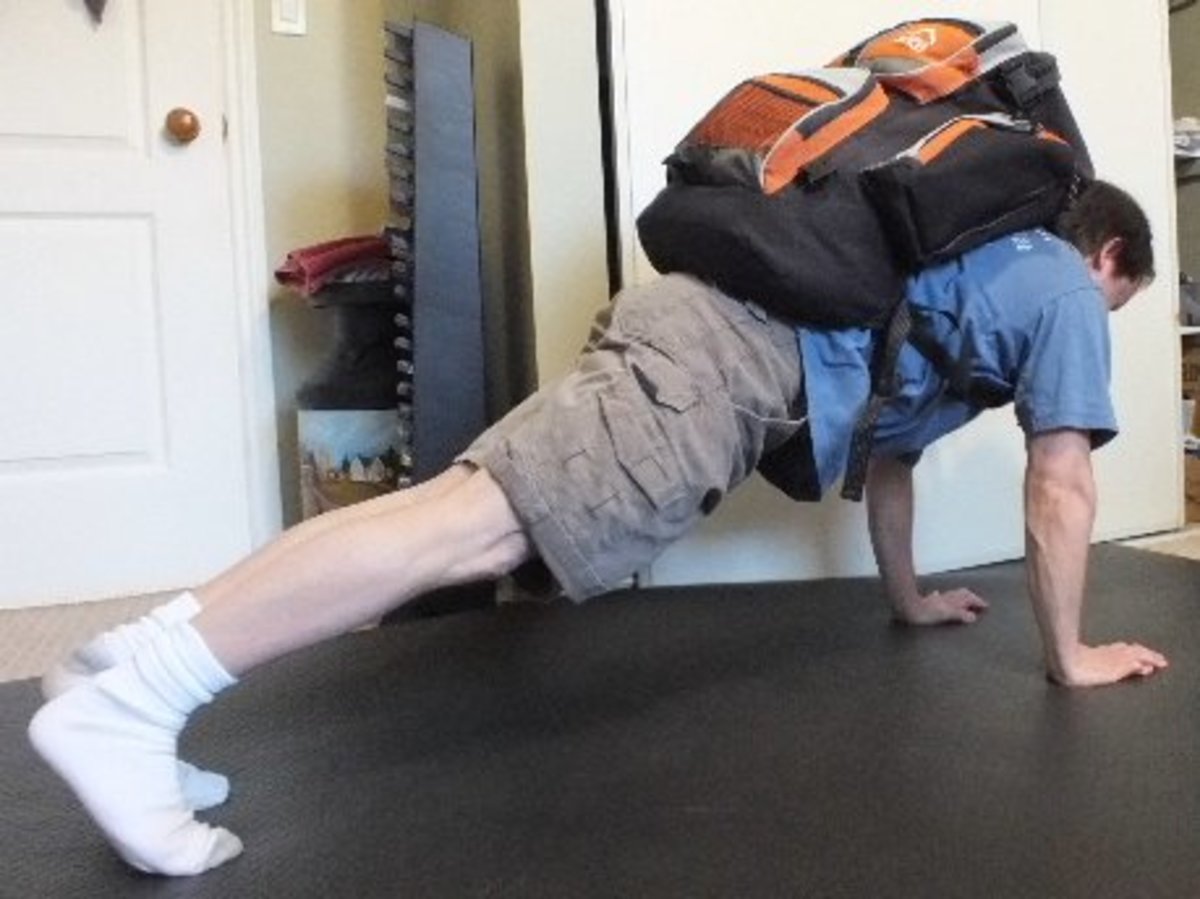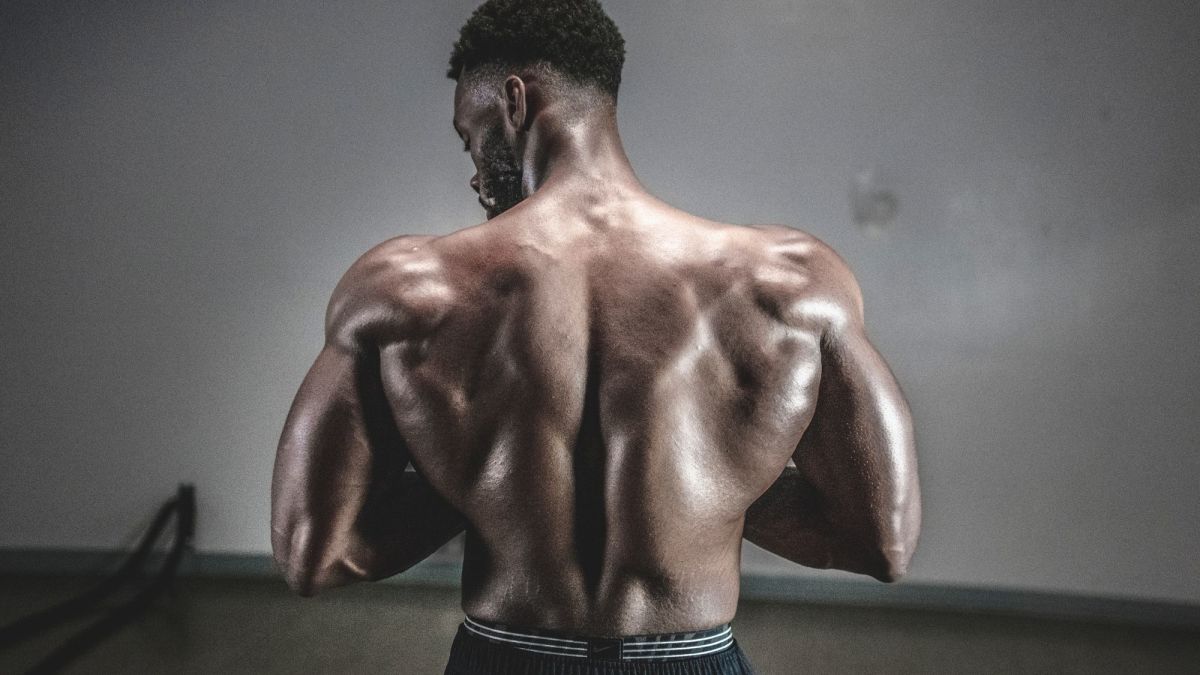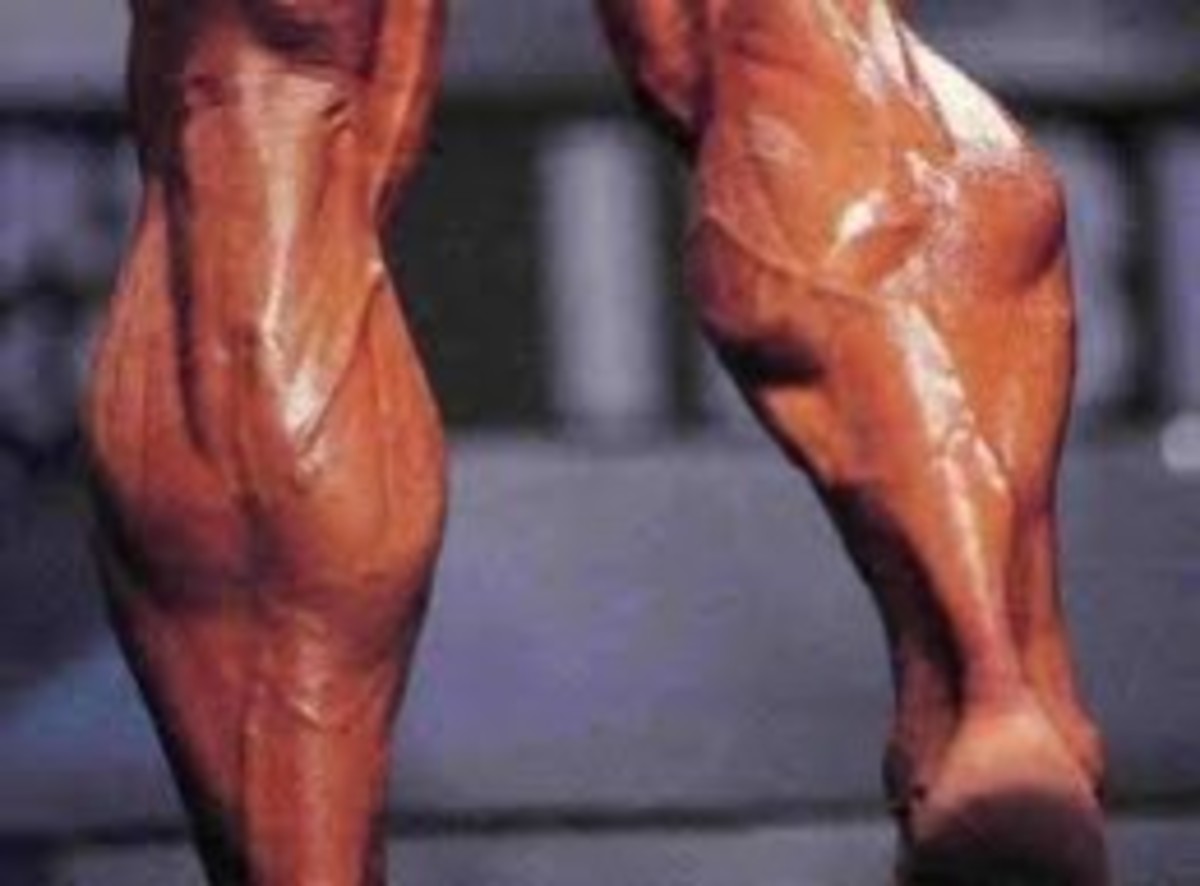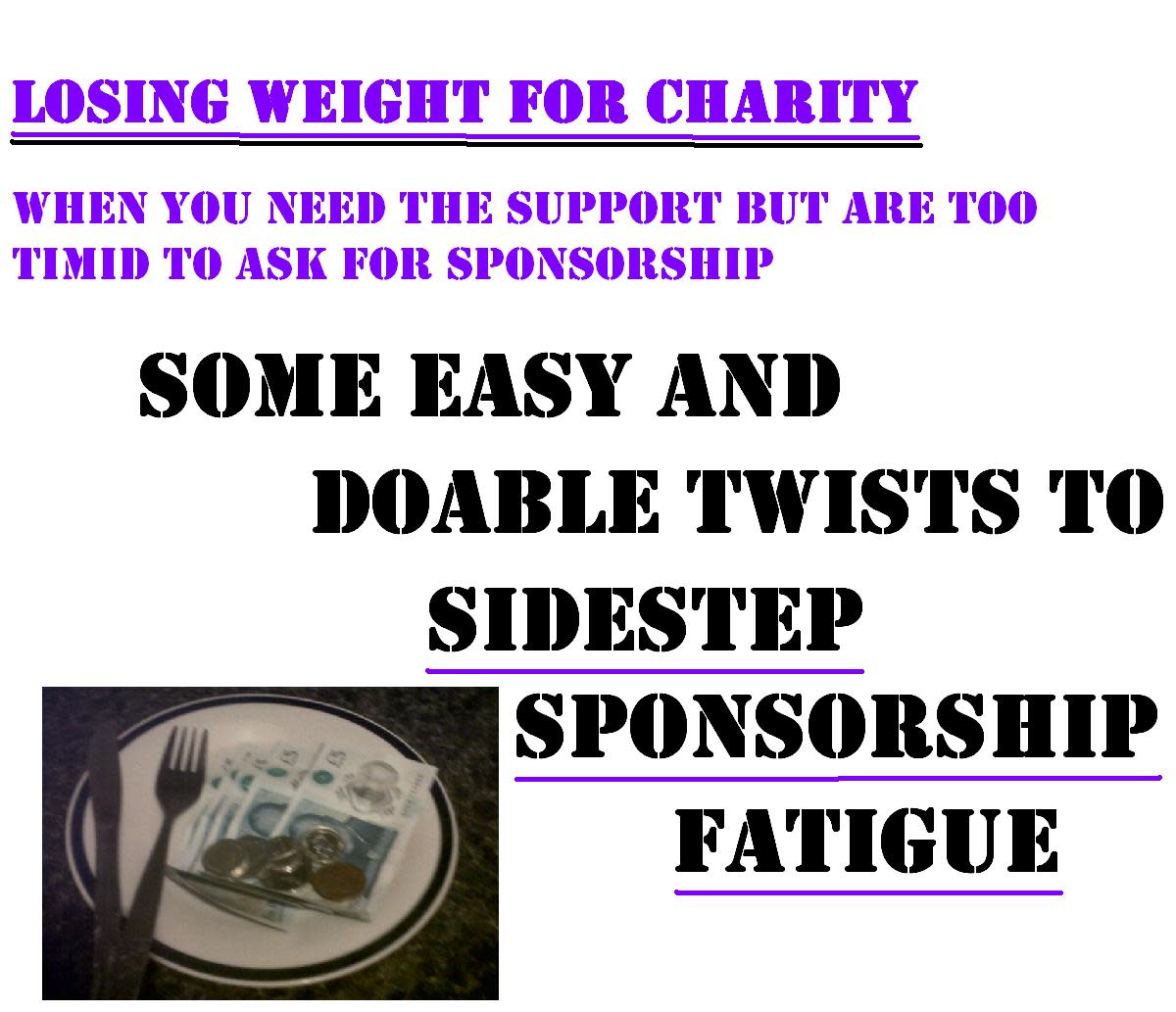How to Build Muscle For Beginners
Lets Get To Work!

Keep in mind that this is going to take a long time. It depends on your goal, but regardless it took me a consistent year and a half to really see some true muscle. I have been working out for six and half years now and I still do the same things I did when I started. I started out a skinny 8th grader with 165 lbs on my frame. I grew to be 215 lbs by the time I was 18. This only occurred from consistently training my muscles and eating right even when I did not want to. Consistency is KEY!
Your Body is Responsive to What you Eat!
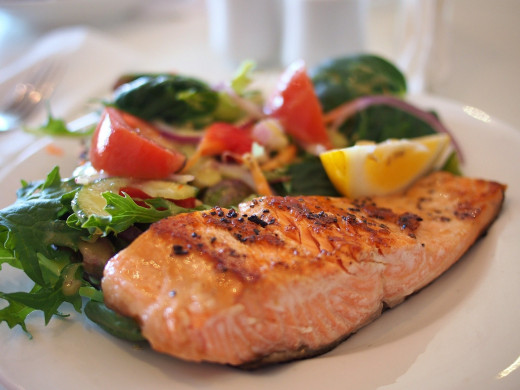
Some people workout everyday or do cardio everyday and can’t seem to get those abs that they want or even lose some weight. Some people are unable to gain weight. Both versions of people may feel like giving up. Your body is made in the kitchen!
I’m going to introduce you to “bulking” and “cutting” to help you with how you will need to supplement your foods with your workouts.
I suggest if you are thinner like I was, follow the article in order. If you are bigger and want to lose weight skip to the cutting section.
Eating to “Bulk”

Bulking is ultimately putting on muscle. If you are trying to gain muscle or weight you are going to have to eat more than you burn. For example, the average person burns close to 2,000 calories naturally a day. If you are trying to gain muscle mass then you’re going to have to eat at least 500 more calories than your burning. Therefore if you're burning 2,000 calories your goal should be to eat 2,500 calories or more. That is quite a bit of food. This is tough, so here are 3 helpful tips to keep in mind when bulking.
-
Food type: Make sure you are not just stuffing your mouth with donuts, cake, and Ice cream. Your food should be planned out and measured until you're comfortable with what you know is going into your body. Try counting the calories and carbs.
-
Protein: I suggest if you're underweight for your height, take up to 80 grams of protein to start. Increase or decrease when necessary. Protein builds muscle
-
Lastly, eat even when you do not feel like it. Do not skip a meal, but do not make yourself sick. Find that middle ground where you're full, but not too full.
Eating to “Cut”

After you have bulked for 6 months or looking to lose weight this is the time your food needs to change. Cutting is essentially burning more calories than your eating.Therefore, making your muscles more pronounced. Like I said before in the previous “bulking” section the average person may burn 2,000 calories a day. Using this example if you're eating 2,500 calories a day you need to lower this down to 1,500.
Here are 3 tips to keep in mind when cutting.
-
Food type: The best thing to help lower your calorie and carb intake is to stop eating bread, cake, cookies, pastries, etc. If it’s super sweet or salty and tastes good most likely you shouldn’t eat it.
-
Protein: Your protein intake should increase during this time. Now that you're losing fat you may start to lose a little bit of muscle. Your body will naturally eat up the fat reserves it has until they are gone only leaving muscle for your body to eat. Higher protein will help with this. Also incorporate a cheat day. The carbs from that day will protect your muscle.
-
Have a certain time you stop eating and start eating. Maybe 10 pm you stop eating and you start again at 11am. This will help you control cravings and help you lose weight.
I suggest a 5-6 month cut or more depending on how much bodily fat you have. After “bulking” from September to March I “cut” from March to the end of August.
Some advice for both
-
Drink lots of water during both the bulk and the cut. About 4 sixteen ounce bottles of water should suffice. Try to consume more
-
Get at least 7-8 hours of sleep for optimal results
-
Have one cheat day for both types. I suggest Sunday you eat whatever you want, but get back on track once Monday hits. This will be stupendous for the bulk (as there are more calories) and a break for the cut. For the cut it will help sustain muscle.
Have a consistent workout plan
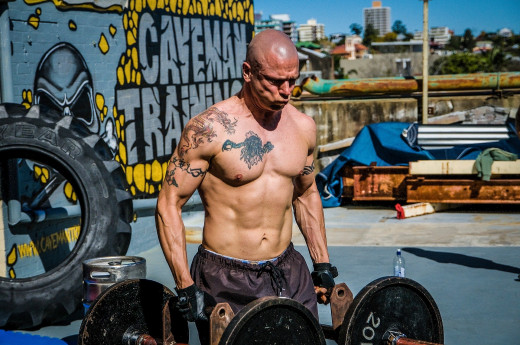
I cannot stress this enough. Being consistent with your workout is second place to how you eat. I believe you can transform your body with a 4 day workout cycle. That way you have 3 days off to achieve optimum healing time for the body.
Personally I workout chest and triceps Monday, back and biceps Tuesday, Wednesday is leg day and I take off Thursday to rest. Finally I finish the week off by working shoulders Friday. The beautiful thing about this regimen is I can skip for emergencies or fatigue. With the extra days I can still complete the workouts within the week. If I don’t skip I can have the weekend all to myself and let my body heal during that time.
I incorporate abs into the beginnings of all my workouts as a warm up as well. The point is to find a regimen that you can stay consistent with and keep doing over and over again.
For bulking I suggest lifting a bit heavier. You have more calories and carbs in your body, and you will build muscle faster. Incorporate less reps and sets. Try to lift more weight. 4 sets of 8 reps is a good set to rep range.
For cutting I suggest you incorporate more reps and sets. Try more body weight exercises as well. Add cardio to your workout like running for 20 minutes after your workout. This will help you burn excess calories and help you get leaner quicker. 4 sets of 12 reps is a good set to range.
Summary
I have done all of this!
Building muscle is hard and requires patience. The main focal point I would hone in on is staying consistent. You need to go to the gym when you “don’t feel like it”. The consistency is not only for the workout, but for your food intake as well. Never stop and only change things up after you're sure something is not working for you. Stay consistent!
If you have any questions about workout regimes diet or anything else I can help. Please leave comments below.
This content is accurate and true to the best of the author’s knowledge and is not meant to substitute for formal and individualized advice from a qualified professional.
© 2020 David Lewis Jr

